Another Ride Through the Past
Gardiner Comfort’s essay about the old manual elevators that used to be everywhere in Tribeca gave me license to ask artist Grimanesa Amorós whether I could shoot the elevator at 54 N. Moore—and it turns out there are two. This is the second one; the first was shown here.







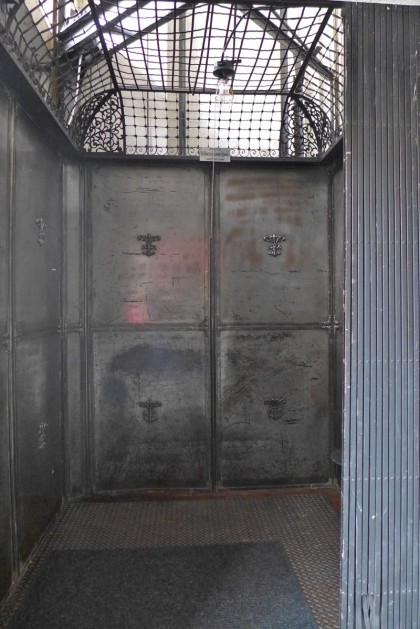
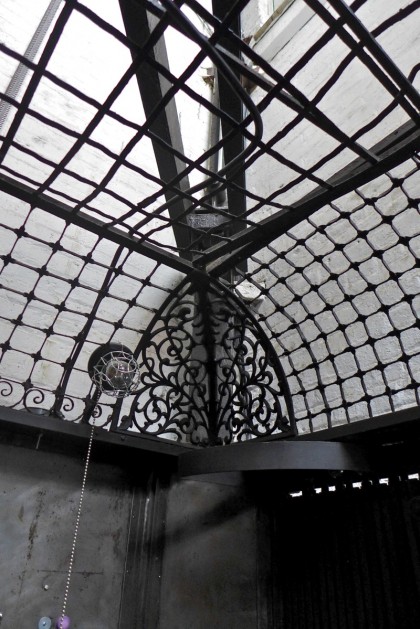
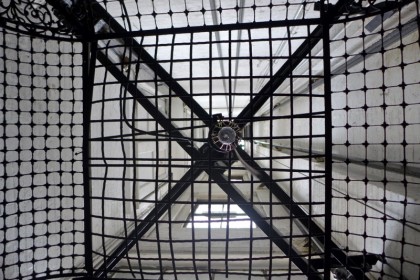
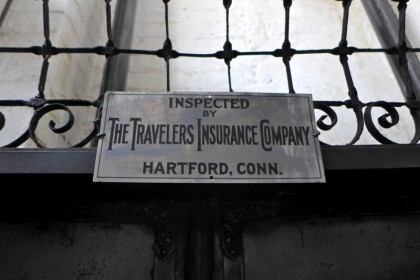
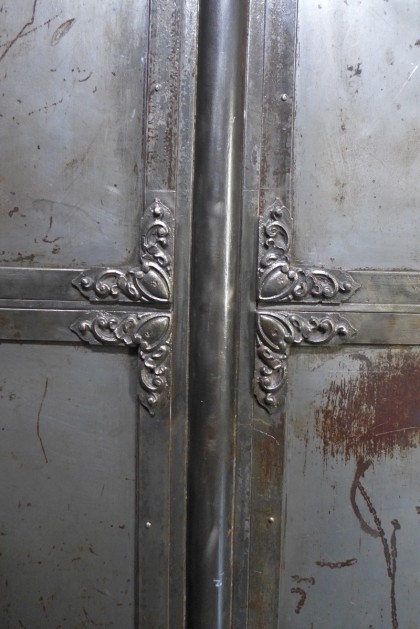
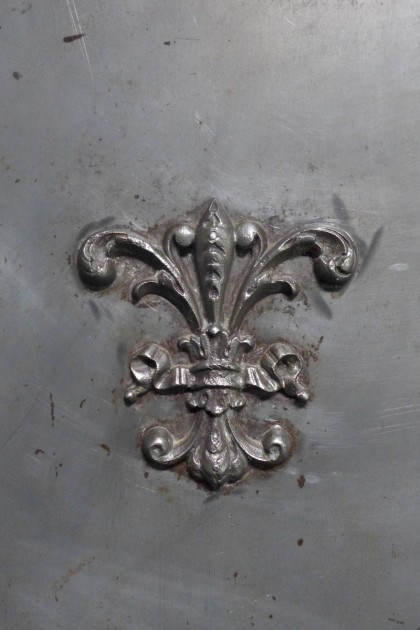
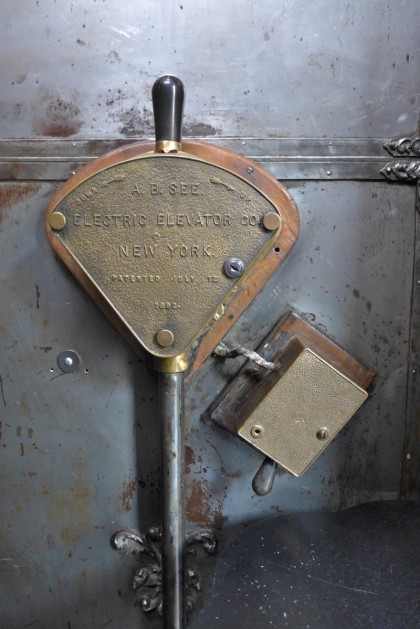






Is Tribeca supposed to be some historic region? It was mostly built in the 20th century and was a slum until the real estate boom in the 90’s.
Many of the buildings down there were built well before the 20th century. (The building I grew up in was from around 1885). And before that it went through the same generational changes of the entire lower island area since the Dutch days. Its most notable (recent) history is that of a produce area for import, sale, and storage (hence Washington Market, which was a massive food market in the current Independence Plaza and BMCC area. It then moved to Hunt’s Point, in The Bronx.)
As for the “slum” comment, that’s pretty unfair. It was certainly industrial and didn’t house too many people in the middle of the 20th century, though there was a Middle Eastern section, some of which moved to Atlantic Ave. in Brooklyn when the Twin Towers were built. Most of the people who lived amongst the warehouses in the 70’s and 80’s-many of them the artists who made the area chic for people with money- thought of the area as a vibrant community and a great place to raise children, if not a little rough-around-the-edges and without certain amenities like grocery stores and laundromats. As a child of 1980’s Tribeca I look back on my childhood as absolutely unique, exciting, and wonderful. I think of the people who live in my parents’ co-op now as rude and entitled. They are there because of the pioneering that people like my parents did and they are living in a neighborhood that they have made bland and unwelcoming. A longer conversation could be had about the hypocrisy of “pioneering” an industrial area, and I don’t mean to come off as defensive, but many of us who grew up in places like Tribeca simply think of the place as home and not a formerly “up-and-coming “neighborhood. The glory days of Tribeca, Soho, and most of Downtown Manhattan are in the past and that past did not include slum life.
Erik: Did you shoot these?
@Liz: Yep.
@Gardiner Comfort: ……Interesting insights
@Jen: …..History Book
Good morning and happy Christmas from Australia.
I wondered if these lift are still operating?
@sonia: Yep!
great images indeed :))